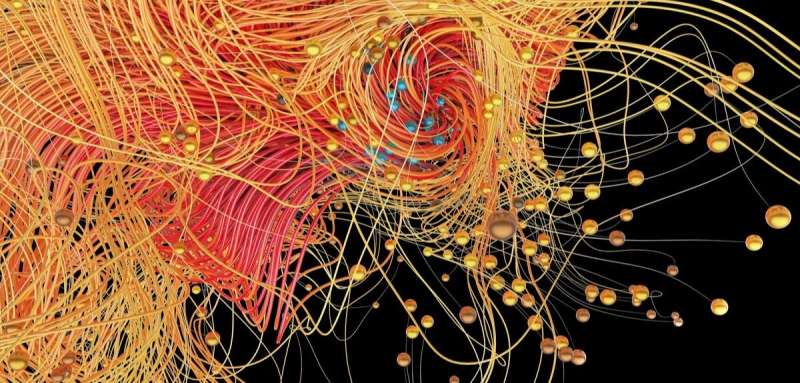Current silicon-based computing technology is
energy-inefficient. Information and communications technology is
projected to use over 20% of global electricity production by 2030.
So finding ways to decarbonise technology is an obvious target for
energy savings. Professor Paolo Radaelli from Oxford’s Department
of Physics, working with Diamond Light Source, the U.K.”s national
synchrotron, has been leading research into more efficient
alternatives to silicon. His group’s surprising findings are
published in Nature in an article titled “Antiferromagnetic
half-skyrmions and bimerons at room temperature.” Some of the
antiferromagnetic textures they have found could emerge as prime
candidates for low-energy antiferromagnetic spintronics at room
temperature.



